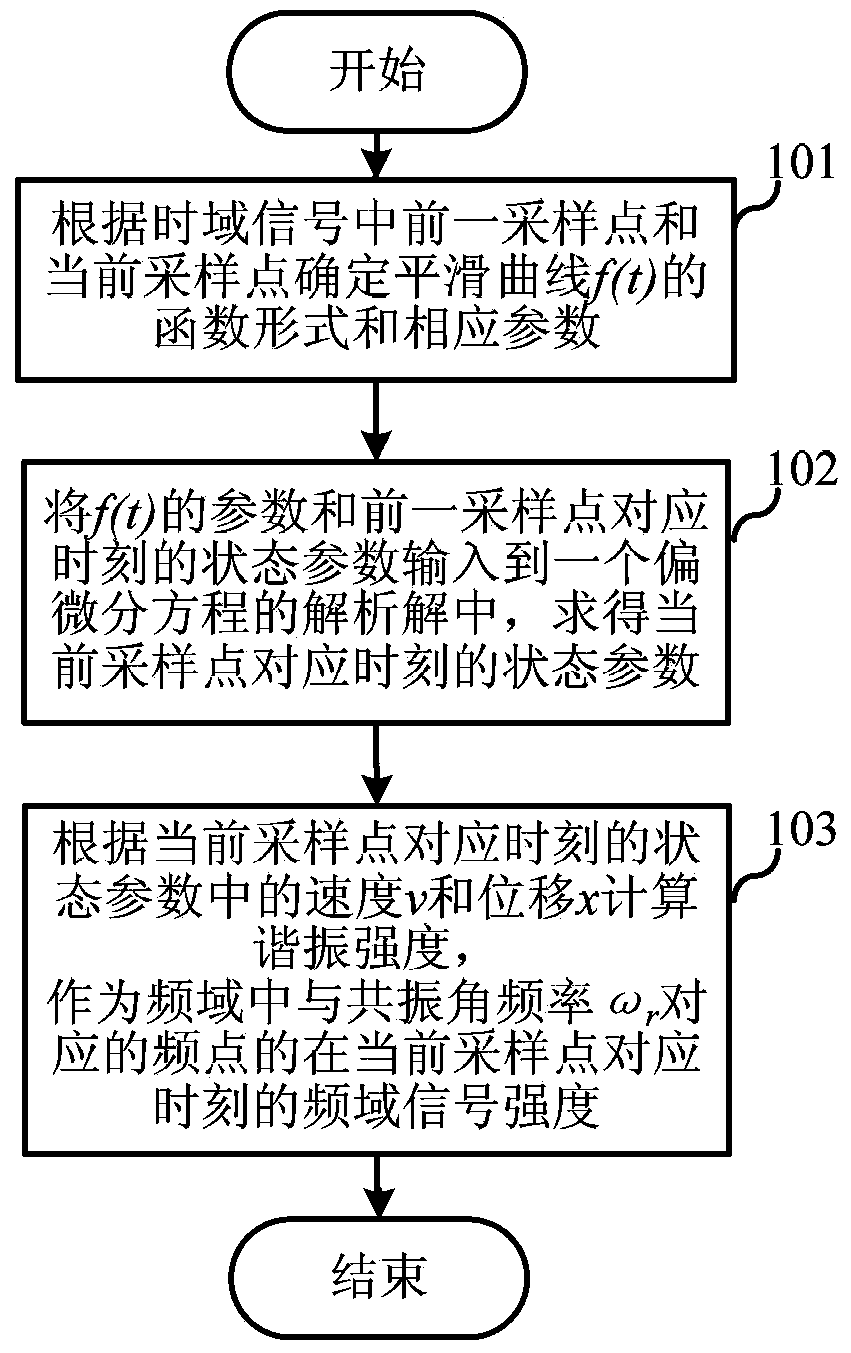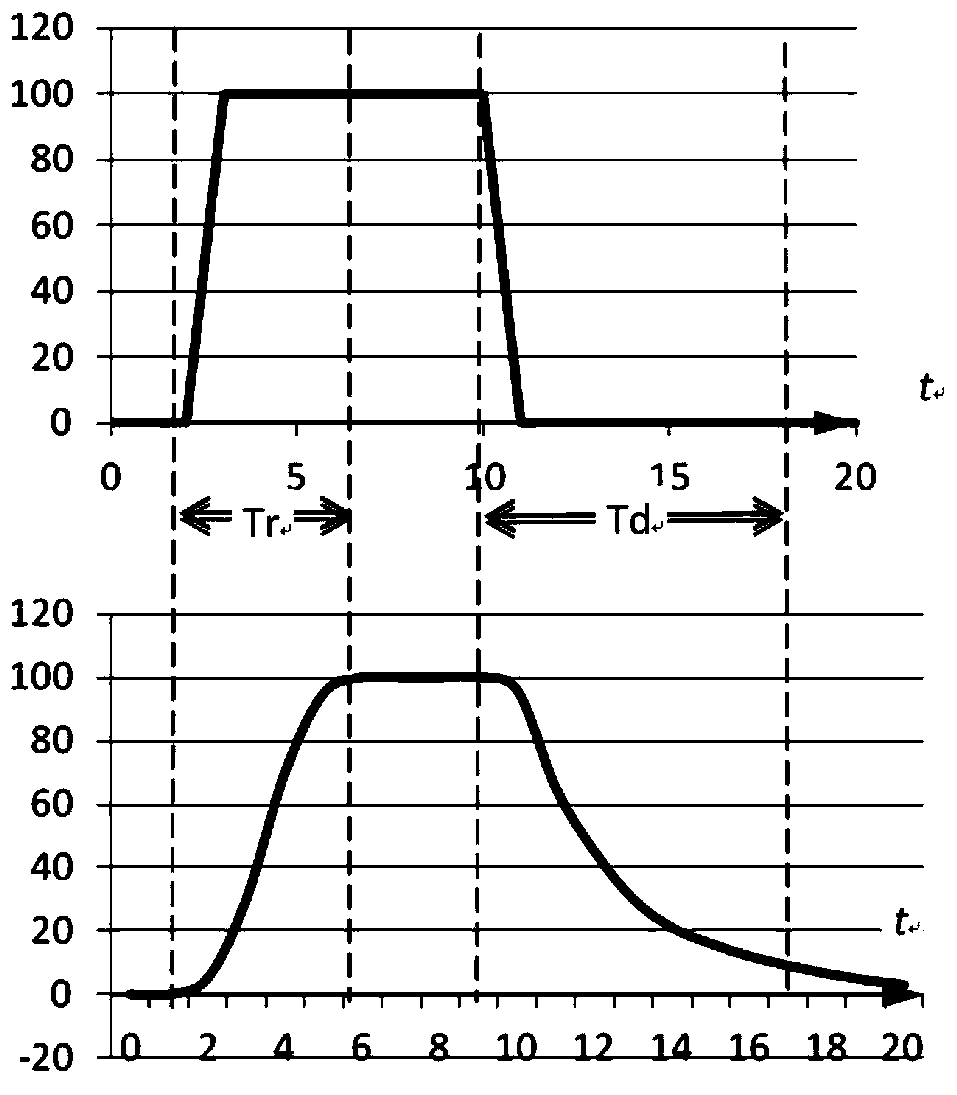Method and system for converting time domain signals into frequency domain signals
A technology of time-domain signals and frequency-domain signals, applied in the direction of complex mathematical operations, etc., can solve the problems of small amount of calculation, difficulty in obtaining high-frequency accuracy and high-time-accuracy time-frequency distribution diagrams, etc., to improve frequency domain resolution accuracy or Effect of Time Domain Resolution Accuracy
- Summary
- Abstract
- Description
- Claims
- Application Information
AI Technical Summary
Problems solved by technology
Method used
Image
Examples
Embodiment Construction
[0035] In the following description, many technical details are proposed in order to enable readers to better understand the application. However, those skilled in the art can understand that without these technical details and various changes and modifications based on the following implementation modes, the technical solution claimed in each claim of the present application can be realized.
[0036] In order to make the purpose, technical solution and advantages of the present invention clearer, the following will further describe the implementation of the present invention in detail in conjunction with the accompanying drawings.
[0037] The first embodiment of the present invention relates to a method for converting a time-domain signal into a frequency-domain signal. figure 1 It is a schematic flowchart of the method for converting a time-domain signal into a frequency-domain signal.
[0038] Specifically, as figure 1 As shown, the method for converting a time-domain si...
PUM
 Login to View More
Login to View More Abstract
Description
Claims
Application Information
 Login to View More
Login to View More - R&D
- Intellectual Property
- Life Sciences
- Materials
- Tech Scout
- Unparalleled Data Quality
- Higher Quality Content
- 60% Fewer Hallucinations
Browse by: Latest US Patents, China's latest patents, Technical Efficacy Thesaurus, Application Domain, Technology Topic, Popular Technical Reports.
© 2025 PatSnap. All rights reserved.Legal|Privacy policy|Modern Slavery Act Transparency Statement|Sitemap|About US| Contact US: help@patsnap.com



